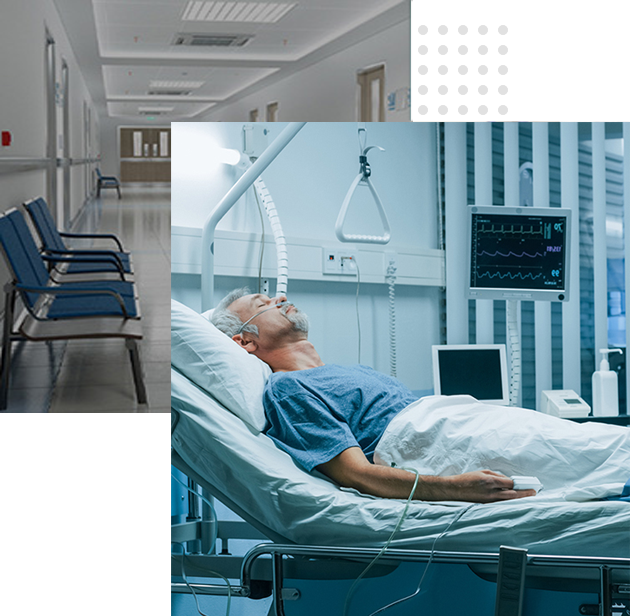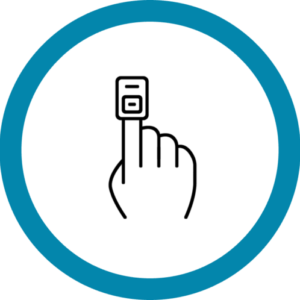THE MARKET NEED
After Surgery, Patients Are Vulnerable
Patients coming out of anesthesia are more likely to go into respiratory arrest: their cardiopulmonary systems are still depressed. This complication can be fatal but it is preventable with better monitoring.
Respiratory Compromise may be quick and sudden.

Respiratory Compromise (RC)
Is a Burden for All Stakeholders
1 in 8 elective surgery patients and 1 in 14 medical patients suffer from RC. These patients stay in the hospital 3X longer, their costs are more than twice that of other patients, and they are nearly 15% more likely to die.



Current Technology Is Insufficient

Pulse-oximetry
Pulse-oximetry only alerts medical staff when breathing problems are advanced, and often too late. Yes, they’re cheap and ubiquitous. But they aren’t getting the job done.

Capnography
Capnography, which measures the carbon dioxide in exhaled breath, is expensive. It is only available for a fraction of the patients who need to be monitored.

Nurses
Nurses are too busy to do more than occasional spot-checks. These are done manually, and their records are frequently inaccurate. Patients are left unmonitored 98% of the time.
